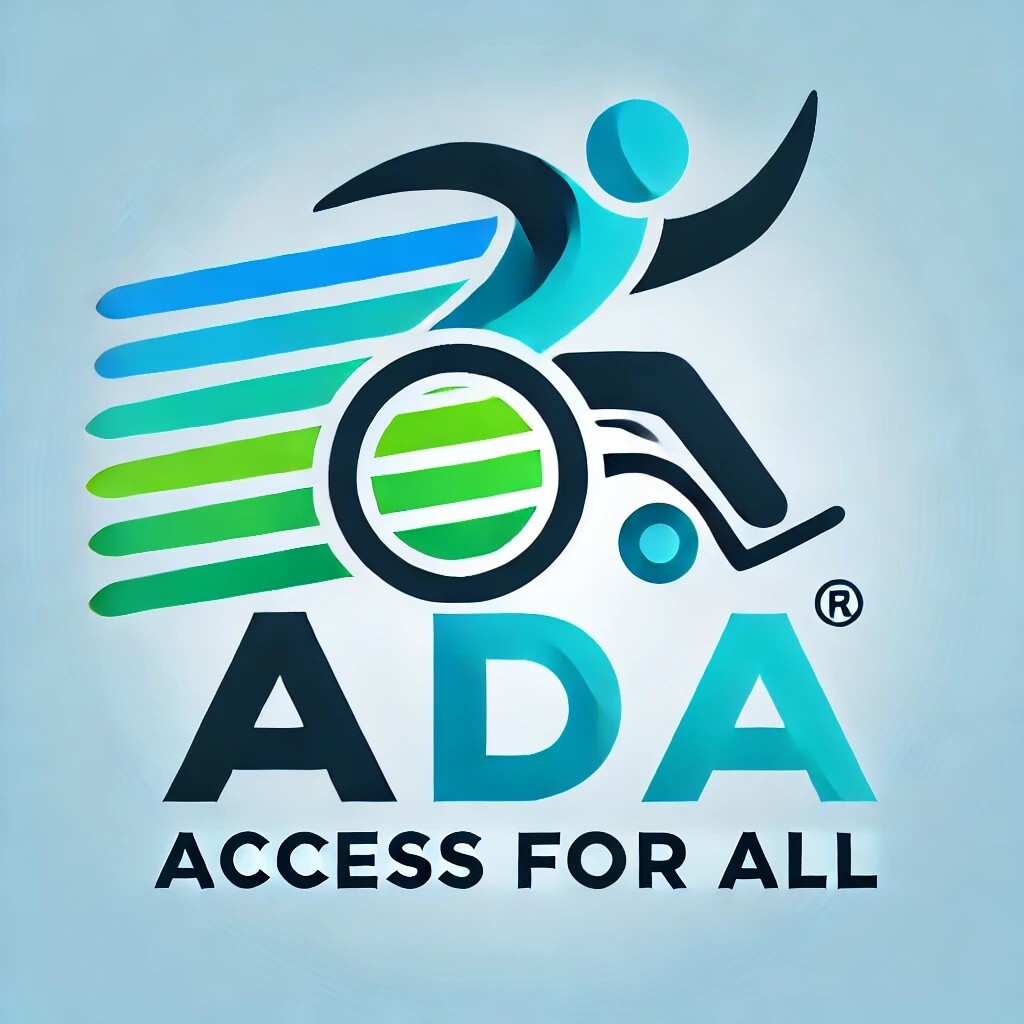When employees face health challenges, they often seek protections under the Family and Medical Leave Act (FMLA) or the Americans with Disabilities Act (ADA). While both laws provide crucial support, they serve distinct purposes and have different legal requirements. Below is a detailed comparison of how they apply.
Purpose of Each Law
FMLA grants eligible employees job-protected leave for serious health conditions, bonding with a new child, or caring for a family member. ADA requires employers to provide reasonable accommodations for employees with disabilities, enabling them to perform essential job functions.
Who is Covered?
FMLA applies to employers with 50 or more employees within a 75-mile radius. Employees must have worked for at least 12 months and completed 1,250 hours in the past year. ADA covers all employers with 15 or more employees. There is no minimum tenure or hours worked required for employees to qualify.
What Benefits Do Employees Receive?
FMLA provides up to 12 weeks of unpaid leave per year and ensures job restoration to the same or an equivalent position upon return. ADA requires employers to provide reasonable accommodations, such as modified schedules, remote work, or specialized equipment. There is no set time limit for accommodations; they depend on the needs of both the employee and employer.
Medical Conditions Covered
FMLA covers serious health conditions requiring medical care, such as recovery from surgery, chronic illnesses, or pregnancy complications. ADA covers disabilities that substantially limit major life activities, including mobility disabilities, mental health conditions, and chronic illnesses.
How FMLA and ADA Can Overlap
An employee may qualify for both FMLA and ADA protections simultaneously. For example, an employee undergoing cancer treatment may take FMLA leave for medical care and later request ADA accommodations, such as a flexible work schedule, upon returning.
Return-to-Work Requirements
Under FMLA, employees must be reinstated to their original job or an equivalent role. Under ADA, if an employee cannot return to their original position, the employer must explore alternative accommodations. If no reasonable accommodation is possible, termination may be permissible under the ADA.
Employer Responsibilities
FMLA requires employers to inform employees of their FMLA rights and prohibits denying leave if eligibility requirements are met. ADA requires employers to engage in an interactive process to identify reasonable accommodations. Employers can deny accommodations if they impose an undue hardship on business operations.
Key Takeaways
FMLA provides job-protected leave, while ADA focuses on workplace accommodations. Employees may be protected under both laws simultaneously, depending on their situation. Employers must assess each request carefully to ensure compliance with federal regulations.
By understanding these laws, employees and employers can work together to create a fair, inclusive, and legally compliant workplace.
For a consultation on your specific situation, reach out to info@adaaccessforall.com.
